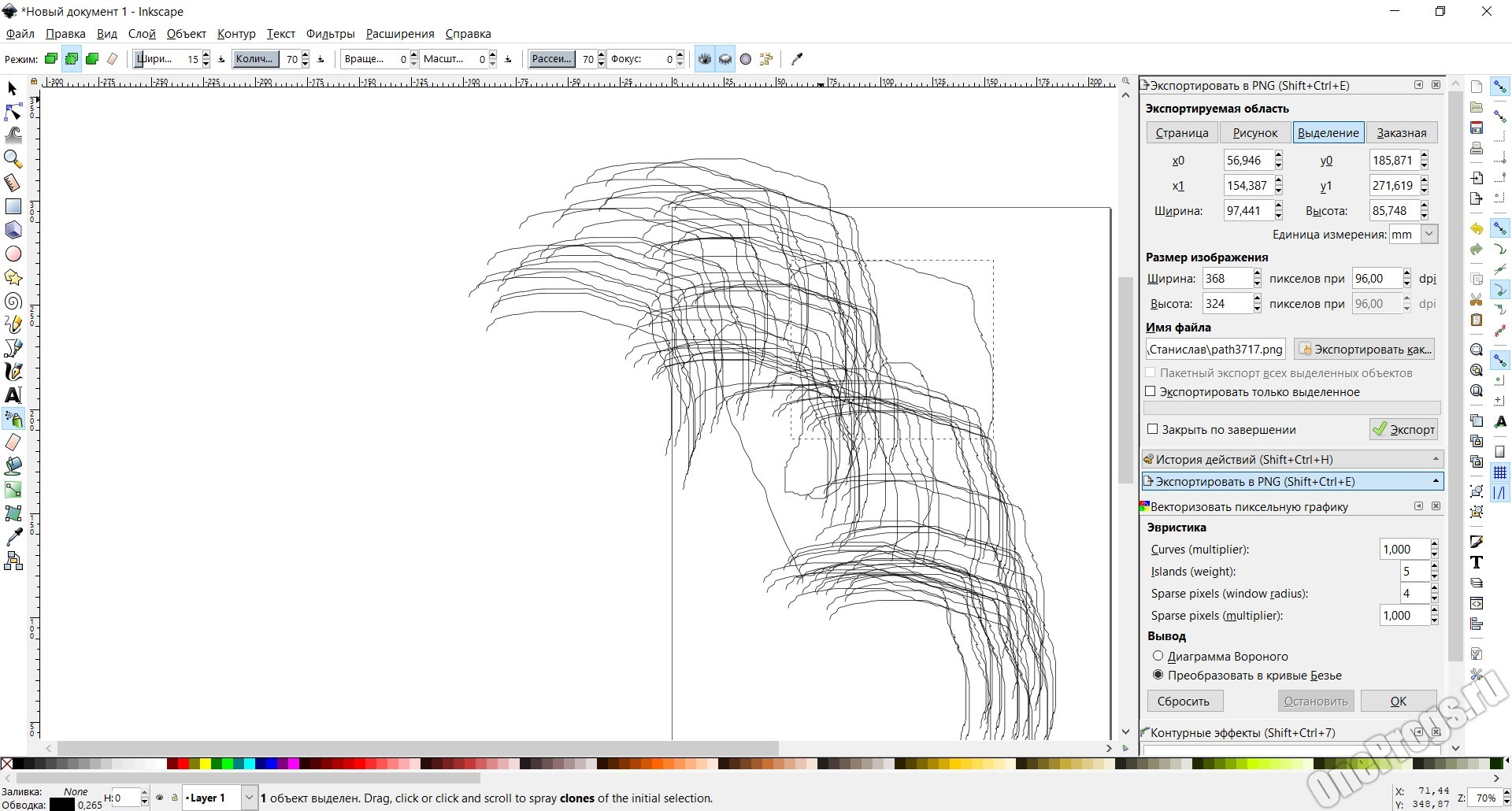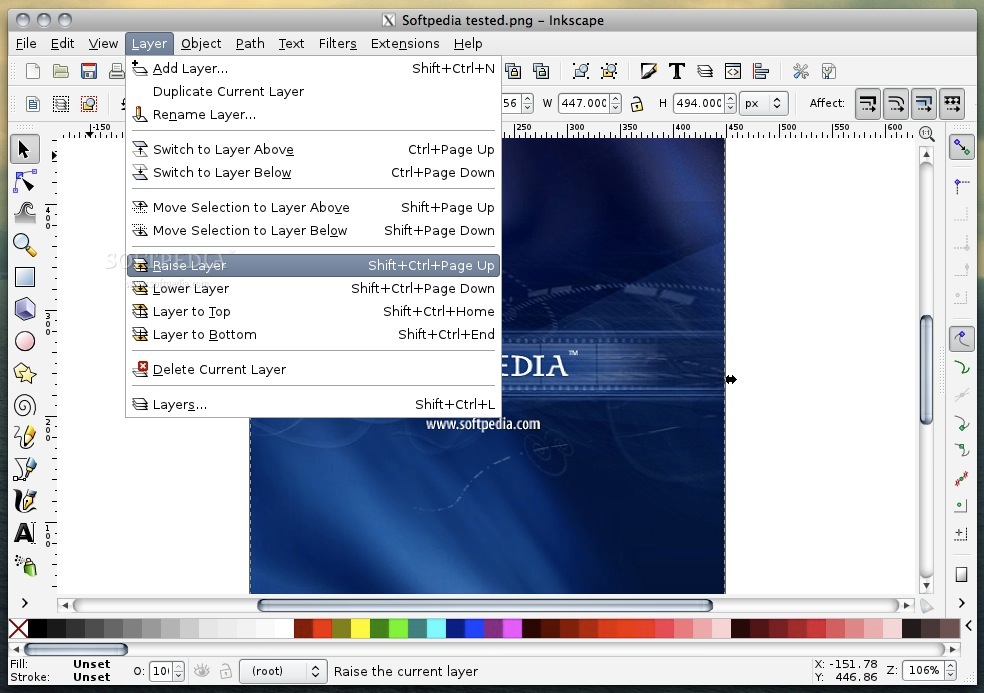


The way that it works is that you select the objects you’d like to align, click on them once to display the rotation handles, then click on them a second time to display the new alignment handles. Enabling that icon will allow you to align objects directly on the canvas without having to use the Alignment menu interface. If you open up your Align & Distribute menu, you’ll notice a new icon in the top-left portion of the menu labeled “ Enable on-canvas alignment handles” if you hover your cursor over it. You can move the guide around by clicking and dragging it, and you can also change the orientation and the position of your guide by clicking on the individual arrows. This will generate a guide through the center of your screen that will show how your design normally looks on one side, and how it looks in outline mode on the other side. The second way you can view your design as outlines is by navigating to the View menu and selecting Split View Mode. This will allow you to use your cursor as somewhat of a viewfinder where you can hover it over specific areas of your design to see all of the individual outlines. The first way you can view your work in outline mode is by navigating to the View menu and clicking on X-Ray Mode. And I’ll even go as far as saying that they’ve outdone Illustrator with this update, because it offers a lot more versatility. You just need to be able to know where things are sometimes, and Inkscape has now made that easier with their own version of outline mode. This is one of the reasons why I tend to make objects partially transparent when I’m designing something. This is useful because sometimes you need to select or work with a particular object, but you can’t select it because you don’t know where it is, because it’s positioned beneath other objects with fill data. You can even go as far as changing the color of those icons if you so desire. Not only that, but you can also switch to a more modern icon pack with a monochromatic style that looks more like it belongs in the year 2020. You can just navigate to Edit > Preferences, and click on Theme under the Interface tab, and from there you can choose from a variety of themes (and yes, that does include a dark theme!) New integrated dark theme in Inkscape Gone are the days where we had to tinker with system files and perform other types of voodoo magic just to get a more visually-appealing dark theme with a more modern icon pack. To get us started, Inkscape has officially added support for theme customization. New Features in Inkscape 1.0 Dark Theme & Updated UI And if you are enrolled in my Inkscape Master Class I have updated the course contents according to the new release, and if you’re not enrolled maybe consider checking it out if you want to learn more about Inkscape.

%% Accompanies image file '_masks.You can check out the Wiki page for a complete list of of updates, but in this post I’d just like to go over a few of the features that I’m really excited about in particular. This is the recommended way described in the head of the generated file: %% Creator: Inkscape 0.91_64bit, %% PDF/EPS/PS + LaTeX output extension by Johan Engelen, 2010 \resizebox instead of \resizebox will preserve the font size. Saving from inkscape after selecting save-as pdf. You \input that file and TeX does the typesetting.
INKSCAPE FOR MAC 2020 PDF
If you have text in your figures you can select the PDF+LaTeX option from the inkscape save-as pdf menu. You can save your inkscape figures as pdfs and put them in your document with \includegraphics.

But there are similar options when saving the PDF. The same options are no longer available in the newer version of


 0 kommentar(er)
0 kommentar(er)
